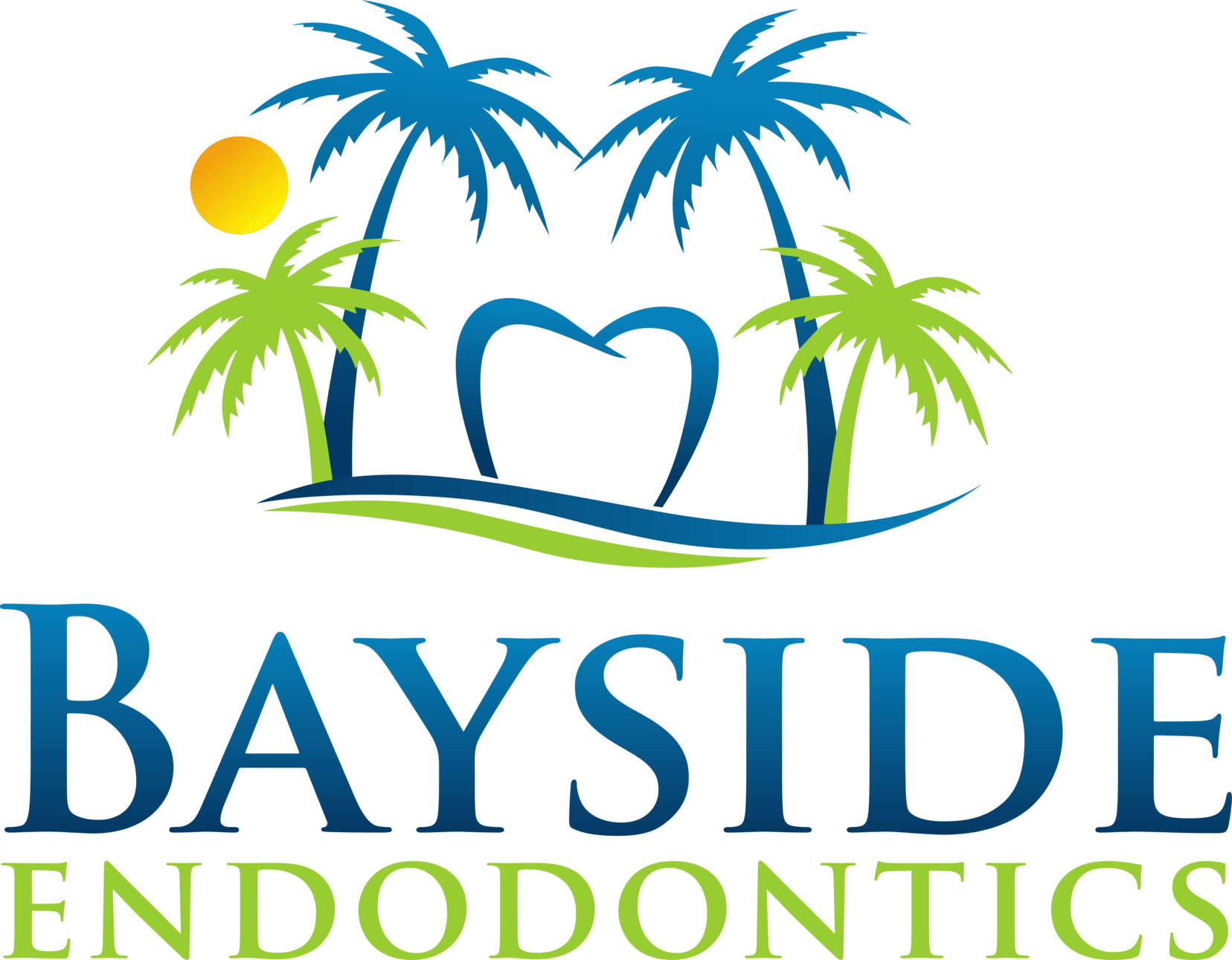Advanced Technology
Bayside Endodontics carefully chooses which and when radiographs are taken. There are many guidelines that we follow. Radiographs allows us to see many things that we cannot see with our own eyes.
Radiographs enable us to detect cavities in between your teeth, determine bone level, and analyze the health of your bone. We can also examine the roots and nerves of teeth, diagnose lesions such as cysts or tumors, as well as assess damage when trauma occurs.
Dental radiographs are invaluable aids in diagnosing, treating, and maintaining dental health. Exposure time for dental radiographs is extremely minimal. Bayside Endodontics utilizes Digital Imaging Technologies within the office. With digital imaging, exposure time is about 90 percent less when compared to traditional radiographs. Digital imaging can also help us retrieve valuable diagnostic information. We may be able to see cavities better.
Digital imaging allows us to store patient images, and enables us to quickly and easily transfer them to specialists or insurance companies.




